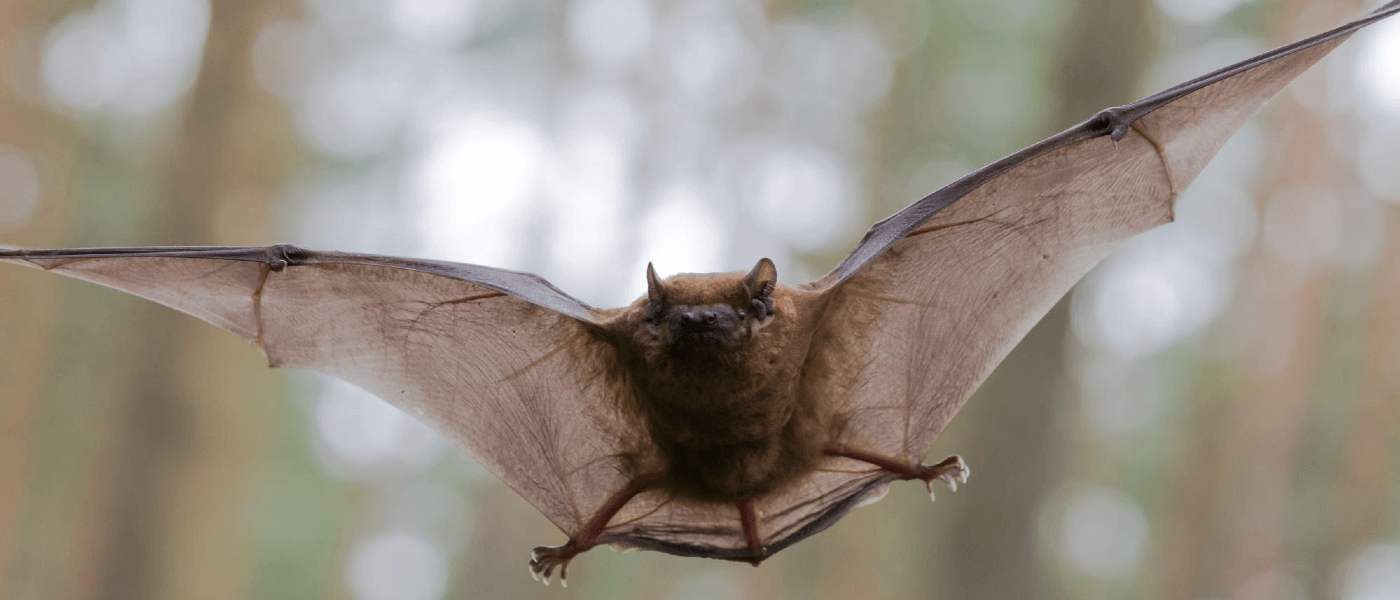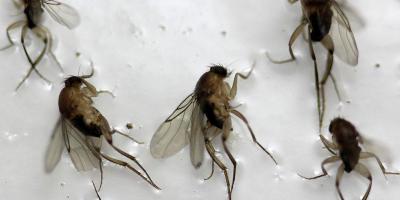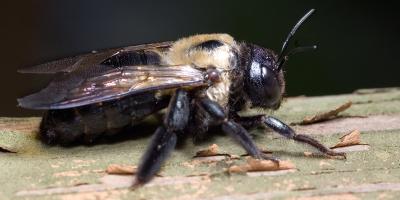What Do Bats Have to Do with Coronavirus?

As scientists continue working to pinpoint the precise origin of the novel coronavirus that has triggered a global pandemic, one theory of its source focuses on an animal known the world over – the bat. Although it may seem peculiar that a disease affecting hundreds of thousands of humans might be connected to the Earth’s only winged mammals, it’s actually a lot more common than you might think. But, are bats to blame?
Zeroing in on Zoonotic Diseases
Germs that can jump from one species to another – like from bats to humans – are called “zoonotic” diseases, or “zoonoses,” and can include bacteria, parasites, fungi and viruses like SARS-CoV-2, which causes COVID-19. Zoonotic diseases are actually the most common of all, with scientists estimating that six out of 10 human illnesses can be spread by animals.
Bats are an especially prolific vector of such diseases, hosting more than 60 such viruses – topping any other species, including rodents. And there’s one particular type of virus bats seem to carry more than others – coronaviruses.
For years, the predominant view was that the path a virus must take to get from bats to humans – what’s known as a “spillover event” – was difficult and rare, requiring transmission to and from a third intermediary species before it could reach humans. But during a recent sampling project in Borneo, scientists found about 400 strains of coronaviruses that they say have the potential to infect human cells directly – no intermediary required.
Did Bats Bring SARS-CoV-2 to New England?
Although the specific coronavirus behind the 2020 pandemic – SARS-CoV-2 – has not been detected in bats local to New England, other coronaviruses have been documented among North American bat populations, along with many other diseases that can be passed on to humans, including rabies, histoplasmosis and salmonellosis.
Even though bat caves aren’t particularly popular destinations for most New Englanders, the fact is, most residents of New England are in far closer, more regular contact with bats than they realize. Household attics make for perfect bat roosting spots – in New England you can almost guarantee they’ll be brown bats – and homeowners often don’t even realize they are living well within range of uninvited houseguests.
Why You Should Check Your Attic for Bats
Since they’re generally pretty quiet and steer clear of humans and pets, bats can go unnoticed in houses for years. Oftentimes, homeowners only become aware of a bat problem when they physically go up to the attic and discover either the bats themselves or their guano (droppings).
Whether or not you’ve detected any flapping or scratching noises, it’s important to check your attic for bat activity in order to protect your home and your family’s health. There are a few telltale signs of a bat infestation to watch for, aside from the presence of the bats themselves.
Bat waste, or guano, looks like small, long black pellets, and is indicated by a strong ammonia odor. Bats are oily creatures, and tend to leave a greasy dark brown or gray residue on the surfaces they touch. Because they are nocturnal creatures, if you want to catch them in action, you’ll have to wait until nightfall, at which point they will leave the attic to search for insects to eat before returning the next morning.
Check out our bat control page to learn more and to schedule a free inspection with a wildlife professional.



